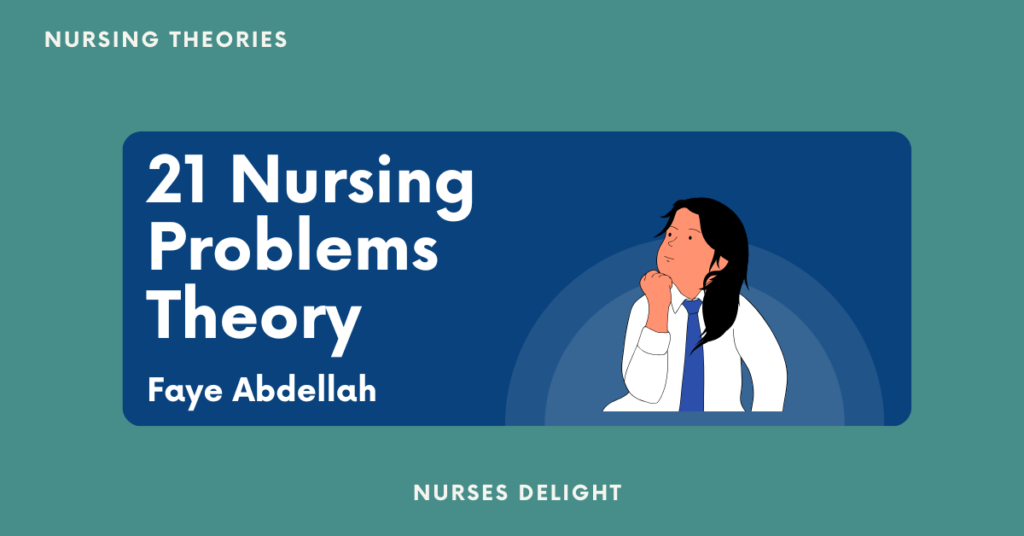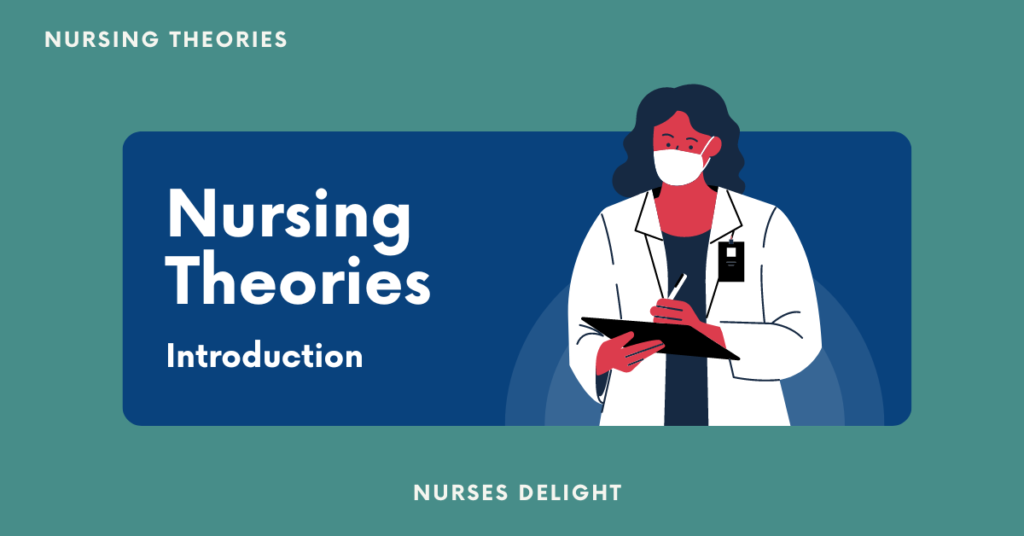Faye Glenn Abdellah’s 21 Nursing Problems Theory is a patient-centered approach that has altered nursing’s focus away from disease treatment and toward holistic care. Her revolutionary framework gave a methodical approach to meeting the needs of patients, establishing her as one of the most prominent figures in nursing history.
Brief History of Faye Glenn Abdellah
Faye Glenn Abdellah was born on March 13, 1919, in New York City, United States. Abdellah showed an early interest in science and a desire to serve others, which inspired her to seek a career in nursing.
She began her nursing study at Fitkin Memorial Hospital School of Nursing in Neptune, New Jersey, and graduated in 1942. She went on to complete her Bachelor’s, Master’s, and Doctorate degrees at Teachers College, Columbia University. Her academic background paved the way for her groundbreaking contributions to nursing philosophy and practice.
Abdellah’s career was marked by groundbreaking achievements. She served in various leadership roles, including as a nurse researcher for the U.S. Public Health Service, where she contributed to healthcare policy and education. She was the first woman and nurse to serve as a Deputy Surgeon General. Her dedication to research and education culminated in the development of her 21 Nursing Problems Theory, which revolutionized nursing care.
The 21 Nursing Problems Theory
Faye Glenn Abdellah’s theory emphasizes patient-centered care, identifying 21 nursing problems that nurses must address to meet the holistic needs of patients. The problems are divided into three categories: physical, sociological, and emotional needs.
Abdellah identified 21 nursing problems that encompass a range of patient needs:
- To maintain good hygiene and physical comfort
- To promote optimal activity: exercise, rest, sleep
- To promote safety through prevention of accident, injury, or other trauma and through prevention of the spread of infection
- To maintain good body mechanics and prevent and correct deformity
- To facilitate the maintenance of a supply of oxygen to all body cells
- To facilitate the maintenance of nutrition for all body cells
- To facilitate the maintenance of elimination
- To facilitate the maintenance of fluid and electrolyte balance
- To recognize the physiologic responses of the body to disease conditions—pathologic, physiologic, and compensatory
- To facilitate the maintenance of regulatory mechanisms and functions
- To facilitate the maintenance of sensory function
- To identify and accept positive and negative expressions, feelings, and reactions
- To identify and accept interrelatedness of emotions and organic illness
- To facilitate the maintenance of effective verbal and nonverbal communication
- To promote the development of productive interpersonal relationships
- To facilitate progress toward achievement and personal spiritual goals
- To create or maintain a therapeutic environment
- To facilitate awareness of self as an individual with varying physical, emotional, and developmental needs
- To accept the optimum possible goals in the light of limitations, physical and emotional
- To use community resources as an aid in resolving problems that arise from illness
- To understand the role of social problems as influencing factors in the cause of illness
Concepts in the Theory
- Holistic Care: Focuses on addressing all aspects (physical, emotional and spiritual) of a patient’s well-being.
- Problem-Solving: Nurses identify and prioritize patient needs to deliver effective care.
- Collaboration: Emphasizes teamwork among healthcare providers to ensure the best outcomes.
Assumptions of the Theory
- Nursing care should focus on solving patients’ problems through systematic assessment and planning.
- Patients are individuals with unique needs that may change over time.
- The nurse-patient relationship is dynamic and evolves as patient needs are met.
- Effective nursing requires knowledge from various disciplines, including medicine, psychology, and sociology.
Strengths of the Theory
- Comprehensive Framework: The 21 nursing problems cover a wide range of patient needs, making the theory applicable in various settings.
- Holistic Perspective: Abdellah’s focus on physical, emotional, and sociological aspects of care promotes well-rounded patient care.
- Practical Application: The problem-solving approach provides clear guidance for nurses to identify and address patient issues.
- Patient-Centered Care: Emphasizes the individuality of patients and prioritizes their specific needs.
Weaknesses of the Theory
- Overlapping Problems: Some of the 21 problems may overlap, leading to redundancy in certain situations.
- Nurse-Centric: The theory heavily focuses on nursing interventions and may not fully integrate the interdisciplinary nature of healthcare.
- Generalization: While comprehensive, the theory may not account for the complexities of modern healthcare systems or technological advancements.
Application in Nursing
- Clinical Practice: Nurses use the 21 problems to assess, diagnose, plan, implement, and evaluate patient care systematically.
- Education: Abdellah’s framework is a foundation for nursing curricula, teaching students the importance of holistic care.
- Research: The theory guides research on improving patient outcomes by addressing diverse healthcare needs.
- Community Health: The focus on sociological and emotional needs makes the theory particularly relevant in community and public health nursing.
Conclusion
Faye Glenn Abdellah’s 21 Nursing Problems Theory maintains a foundation for nursing practice and education. Abdellah established a foundation for nursing that continues to affect it now by focusing on patient-centered care and addressing comprehensive needs.
Despite certain shortcomings, the theory’s virtues in promoting holistic and systematic care make it an effective tool for improving patient outcomes and strengthening the nursing profession. Her memory serves as an inspiration to nurses who strive to offer compassionate and competent treatment.
References
- Abdellah, F. G. (2004). Interview with Rear Admiral Faye Glenn Abdellah. Interview by Captain Melvin Lessing. Military Medicine, 169(11), iii–xi.
- Abdellah, F. G., Beland, I. L., Martin, A., & Matheney, R. V. (1960). Patient-centered approaches to nursing. New York: Macmillan.
- Abdellah, F. G., & Levine, E. (1994). Preparing for nursing research in the 21st century: Evolution, methodologies, challenges. New York: Springer




Pretty! This has been an incredibly wonderful post. Thank you for providing this information.
Thank You
Good write-up. I certainly appreciate this website. Keep it up!
Thank You
Hello to all, the contents existing at this web page are genuinely remarkable for people knowledge, well, keep up the good work fellows.
Thank you
I just wanted to jot down a quick note in order to appreciate you for some of the stunning points you are sharing at this website. My extended internet investigation has finally been paid with extremely good suggestions to exchange with my classmates and friends. I would claim that most of us visitors are definitely blessed to live in a magnificent site with many awesome individuals with good tips and hints. I feel truly blessed to have discovered your entire site and look forward to some more thrilling minutes reading here. Thanks a lot once again for a lot of things.
Thank You Hairstyles
This is a topic that’s near to my heart… Many thanks! Where are your contact details though?
Thank You. See my contact page